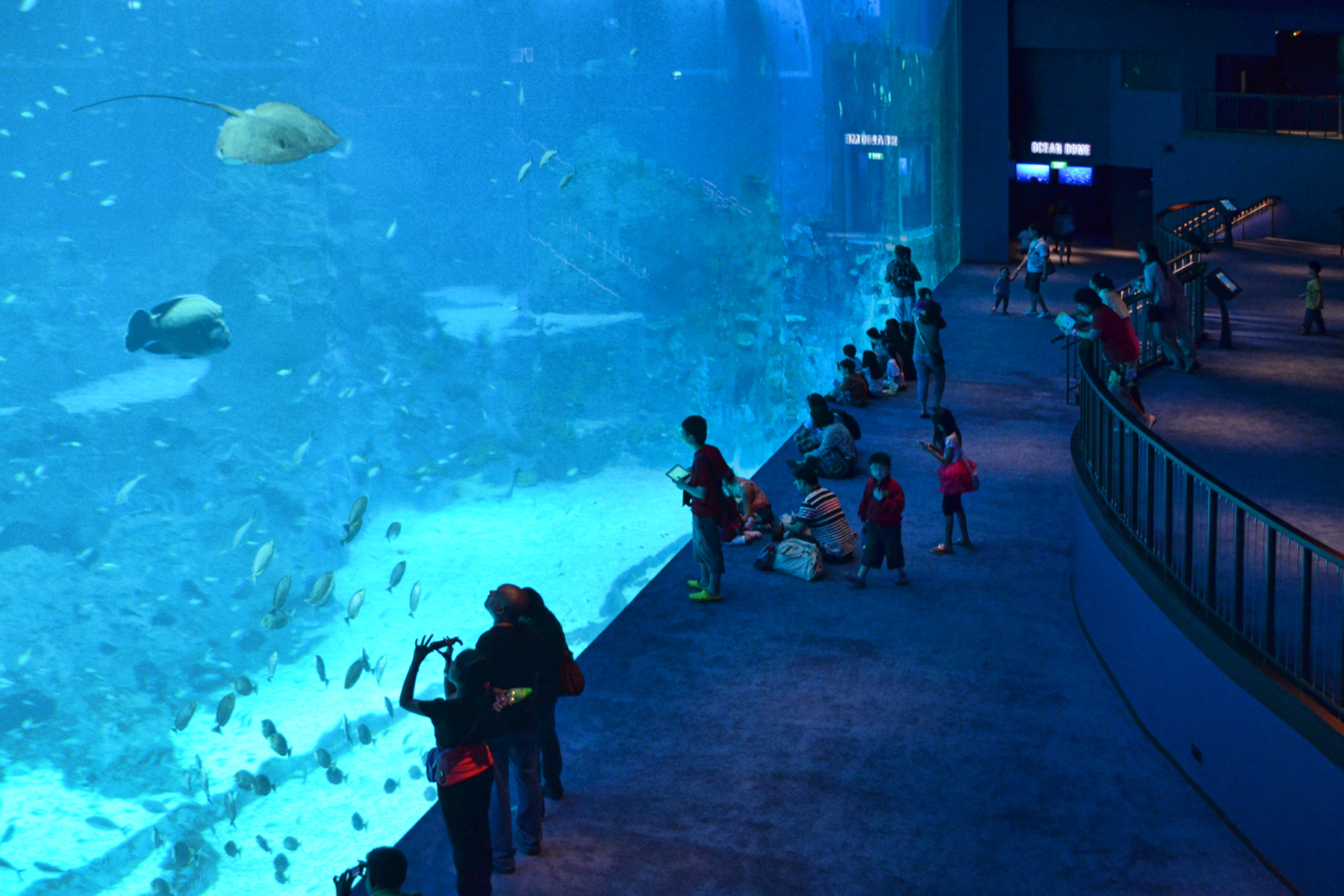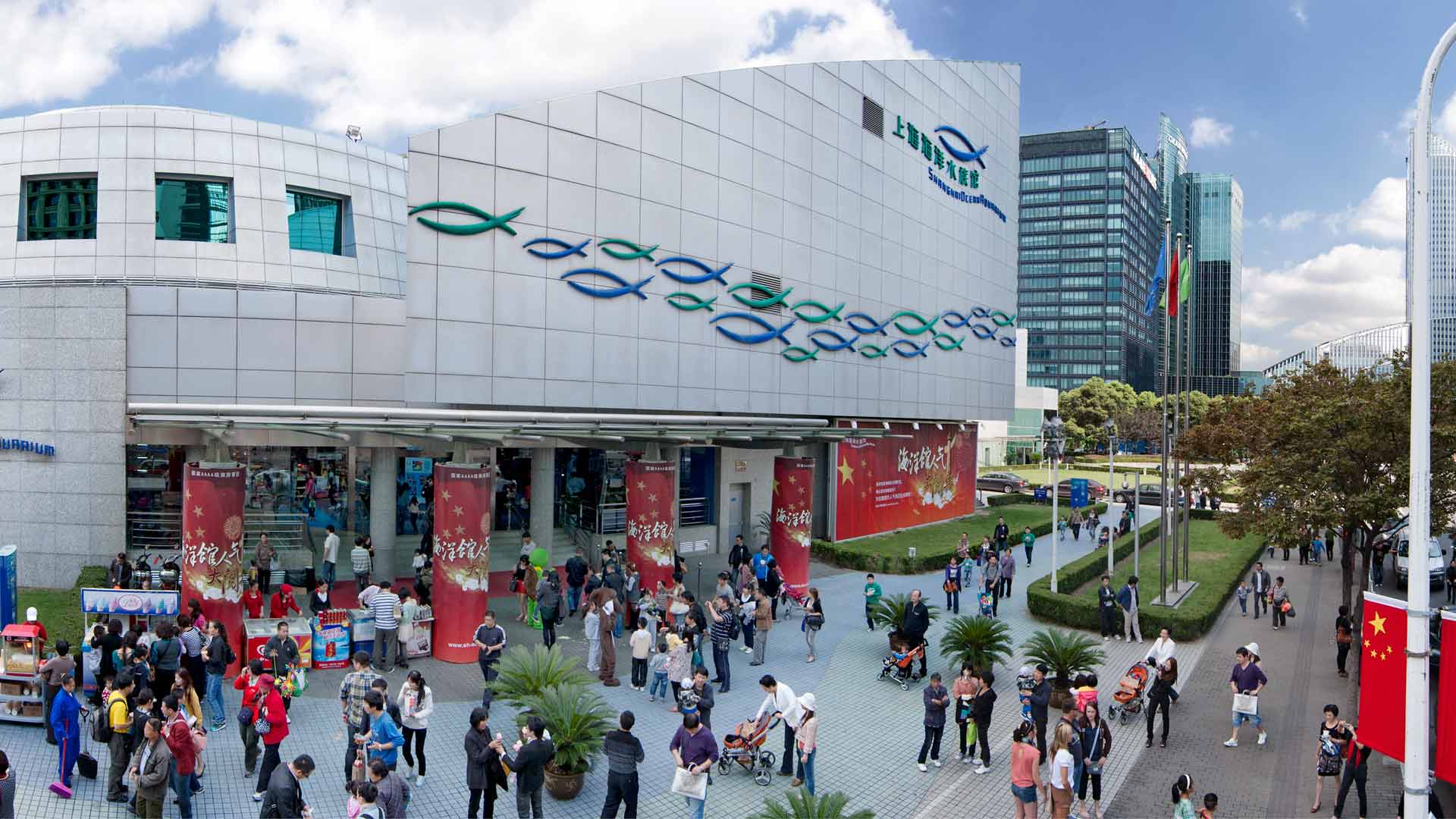- Posts: 770
- Thank you received: 23
 NextInsight
a hub for serious investors
NextInsight
a hub for serious investors
Straco -- gem?
12 years 1 month ago #17768
by pine
Replied by pine on topic Straco -- gem?
My friend Nick said it well: 
Pretty solid results and looks likely to make record profits again. The potentially exciting news would be the $21.2 million deposit paid for bidding of a project. It also received $2.1 million paid from a potential partner for bidding of a project. Looks like a 90:10 JV ?
No details on the bid or the project were given. This doesn't mean M&A is likely or confirmed but if it takes place, it would be a very exciting development for the Group considering their large cash pile exceeding $120 million (including the deposit).
Pretty solid results and looks likely to make record profits again. The potentially exciting news would be the $21.2 million deposit paid for bidding of a project. It also received $2.1 million paid from a potential partner for bidding of a project. Looks like a 90:10 JV ?
No details on the bid or the project were given. This doesn't mean M&A is likely or confirmed but if it takes place, it would be a very exciting development for the Group considering their large cash pile exceeding $120 million (including the deposit).
Please Log in or Create an account to join the conversation.
12 years 1 month ago #17770
by yeng
Replied by yeng on topic Straco -- gem?
What might be a fair value for this stock?
Anyone has a target in mind? TQ!
Anyone has a target in mind? TQ!
Please Log in or Create an account to join the conversation.
12 years 1 month ago - 12 years 1 month ago #17912
by BNN
I RECENTLY made some observations about the business of aquariums on a visit to the S.E.A. Aquarium (above), the world's largest oceanarium. It is sited on Resorts World Sentosa and opened at the end of 2012.
Firstly, I did not see any dead marine life in the exhibition tanks. Not a single dead creature. It can't be that no creature dies but instead the mortality rate is probably very low.
Why? I think the science of managing marine life in aquariums has been developed over many decades. Aquariums have been in existence in many parts of the world for a long time. And it's not rocket science.
I figure that marine life in aquariums could have greater longevity than their cousins out in the wild. For one thing, in aquariums, predators are kept apart from their prey.
And the tanks are self-standing, so any outbreak of disease or any contamination will not affect other marine life in other tanks.
What all this translates into is relatively low maintenance capex for aquariums. The amount of $ to be spent replenishing marine life is pretty low.
SHANGHAI OCEAN AQUARIUM
Replied by BNN on topic Straco -- gem?
I RECENTLY made some observations about the business of aquariums on a visit to the S.E.A. Aquarium (above), the world's largest oceanarium. It is sited on Resorts World Sentosa and opened at the end of 2012.
Firstly, I did not see any dead marine life in the exhibition tanks. Not a single dead creature. It can't be that no creature dies but instead the mortality rate is probably very low.
Why? I think the science of managing marine life in aquariums has been developed over many decades. Aquariums have been in existence in many parts of the world for a long time. And it's not rocket science.
I figure that marine life in aquariums could have greater longevity than their cousins out in the wild. For one thing, in aquariums, predators are kept apart from their prey.
And the tanks are self-standing, so any outbreak of disease or any contamination will not affect other marine life in other tanks.
What all this translates into is relatively low maintenance capex for aquariums. The amount of $ to be spent replenishing marine life is pretty low.
SHANGHAI OCEAN AQUARIUM
Last edit: 12 years 1 month ago by BNN.
The following user(s) said Thank You: yeng
Please Log in or Create an account to join the conversation.
- Dongdaemun
- Offline
- Platinum Member
-

Less
More
- Posts: 951
- Thank you received: 19
12 years 1 month ago #17925
by Dongdaemun
Replied by Dongdaemun on topic Straco -- gem?
eh someone threw away the stock at just 39 cents!
Just 10,000 shares and so early in the morning. Is he out of his mind? :woohoo:
Just 10,000 shares and so early in the morning. Is he out of his mind? :woohoo:
Please Log in or Create an account to join the conversation.
12 years 1 month ago #17927
by Rock
Replied by Rock on topic Straco -- gem?
There is hardly any sellers. The big fish push the price down to flush out the sellers. Volume very low, no worry.
Please Log in or Create an account to join the conversation.
12 years 4 weeks ago - 12 years 4 weeks ago #17976
by yeng
Replied by yeng on topic Straco -- gem?
Excerpted from Lighthouse Advisors newsletter to clients for the period ended 30 June 2012:
Such prodigious cash generation is not unique to the Group’s aquariums; your manager studied several other aquariums, zoos and theme parks around the world, and concluded that such “tourism infrastructure” assets have
a remarkable ability to generate cash. Many such entities are not profitable, however, because they are structured as not-for-profit operations, and spend most of their revenues on educational programmes, which show up in
the income statement as wage expenses. Commercial operators who raise the hurdle rate required for such cash outlays can capture a great deal of the monetary savings as profits.
Your manager is not alone in this finding: the Merlin Entertainments Group has been buying up tourism attractions around the world. Their latest acquisition is Living and Leisure Australia (LLA), whose Oceanis business is Asia’s largest operator of aquariums. LLA owns aquariums in South Korea (Busan), Thailand (Bangkok), China (Shanghai), and Australia (Melbourne and Sunshine Coast).
LLA’s Shanghai Chang Feng Ocean World is in the outskirts of Shanghai and is not near any subway stations or other tourist attractions. It is therefore not a strong competitor to the Shanghai Ocean Aquarium. As Merlin is in acquisition mode, buying the Shanghai Ocean Aquarium, or even all of Straco, would make strategic sense. However,
as Straco is not in any financial distress whatsoever, shareholders have the luxury of waiting for Merlin or some other buyer to pay up. In the meantime, the aquariums continue to bring in the crowds – and the cash. Using private-equity metrics, Straco sells at 3.2x EV/EBITDA. This is very cheap, as it implies a buyer would get their money back in about 3 years. However, Mr Wu and his wife
own 55% of the stock, so a hostile takeover is not possible. The company will be sold on their terms, or not at all. Financially, the balance sheet is pristine: there
is no debt, and cash on hand totals $82m, or about 75% of total shareholder equity. The stock was bought at about 13 times trailing earnings, at a dividend yield of about 4%.
www.lighthouse-advisors.com/LH_Client_2012_Q2.pdf
Such prodigious cash generation is not unique to the Group’s aquariums; your manager studied several other aquariums, zoos and theme parks around the world, and concluded that such “tourism infrastructure” assets have
a remarkable ability to generate cash. Many such entities are not profitable, however, because they are structured as not-for-profit operations, and spend most of their revenues on educational programmes, which show up in
the income statement as wage expenses. Commercial operators who raise the hurdle rate required for such cash outlays can capture a great deal of the monetary savings as profits.
Your manager is not alone in this finding: the Merlin Entertainments Group has been buying up tourism attractions around the world. Their latest acquisition is Living and Leisure Australia (LLA), whose Oceanis business is Asia’s largest operator of aquariums. LLA owns aquariums in South Korea (Busan), Thailand (Bangkok), China (Shanghai), and Australia (Melbourne and Sunshine Coast).
LLA’s Shanghai Chang Feng Ocean World is in the outskirts of Shanghai and is not near any subway stations or other tourist attractions. It is therefore not a strong competitor to the Shanghai Ocean Aquarium. As Merlin is in acquisition mode, buying the Shanghai Ocean Aquarium, or even all of Straco, would make strategic sense. However,
as Straco is not in any financial distress whatsoever, shareholders have the luxury of waiting for Merlin or some other buyer to pay up. In the meantime, the aquariums continue to bring in the crowds – and the cash. Using private-equity metrics, Straco sells at 3.2x EV/EBITDA. This is very cheap, as it implies a buyer would get their money back in about 3 years. However, Mr Wu and his wife
own 55% of the stock, so a hostile takeover is not possible. The company will be sold on their terms, or not at all. Financially, the balance sheet is pristine: there
is no debt, and cash on hand totals $82m, or about 75% of total shareholder equity. The stock was bought at about 13 times trailing earnings, at a dividend yield of about 4%.
www.lighthouse-advisors.com/LH_Client_2012_Q2.pdf
Last edit: 12 years 4 weeks ago by yeng.
Please Log in or Create an account to join the conversation.
Time to create page: 0.240 seconds

